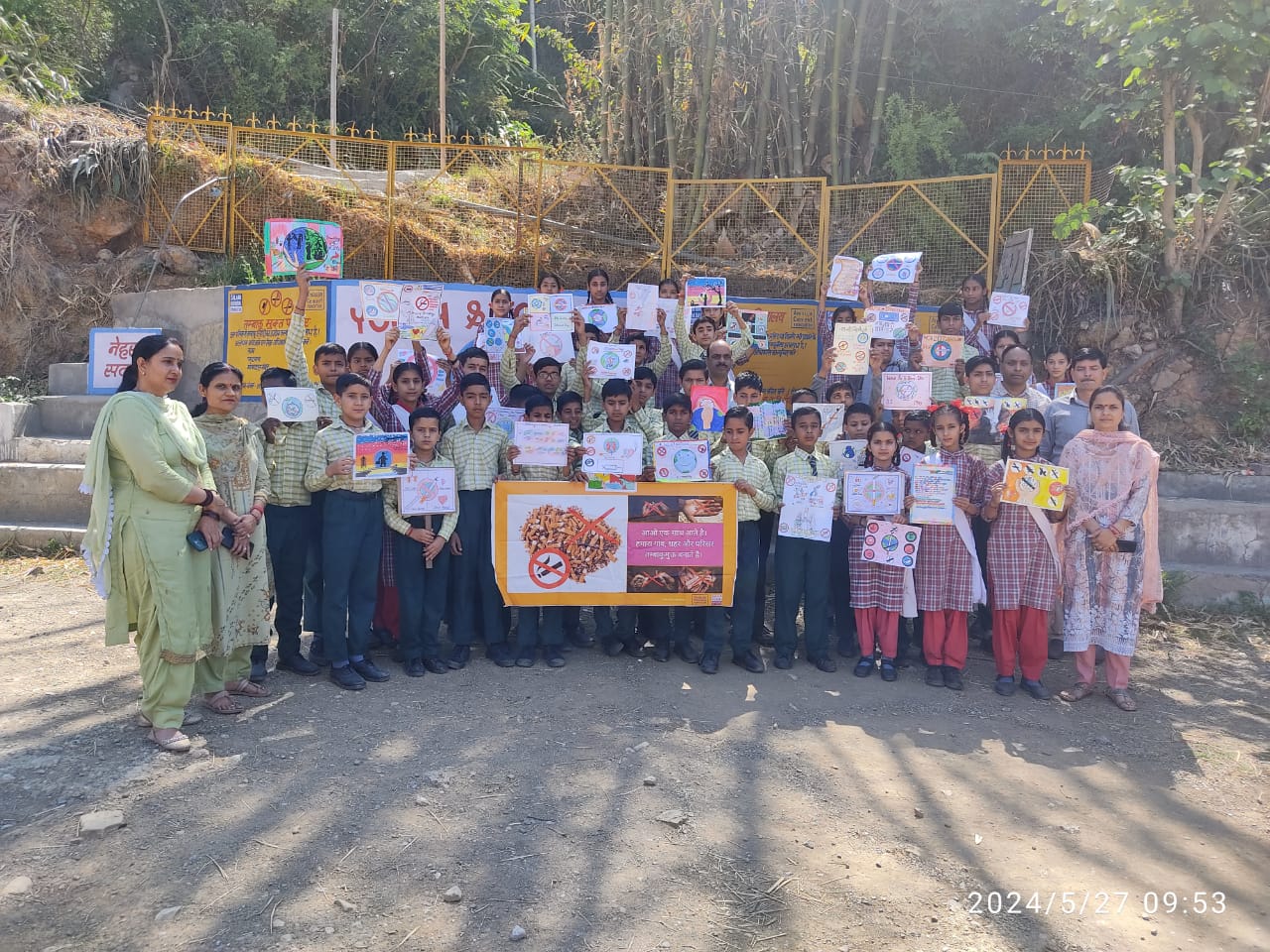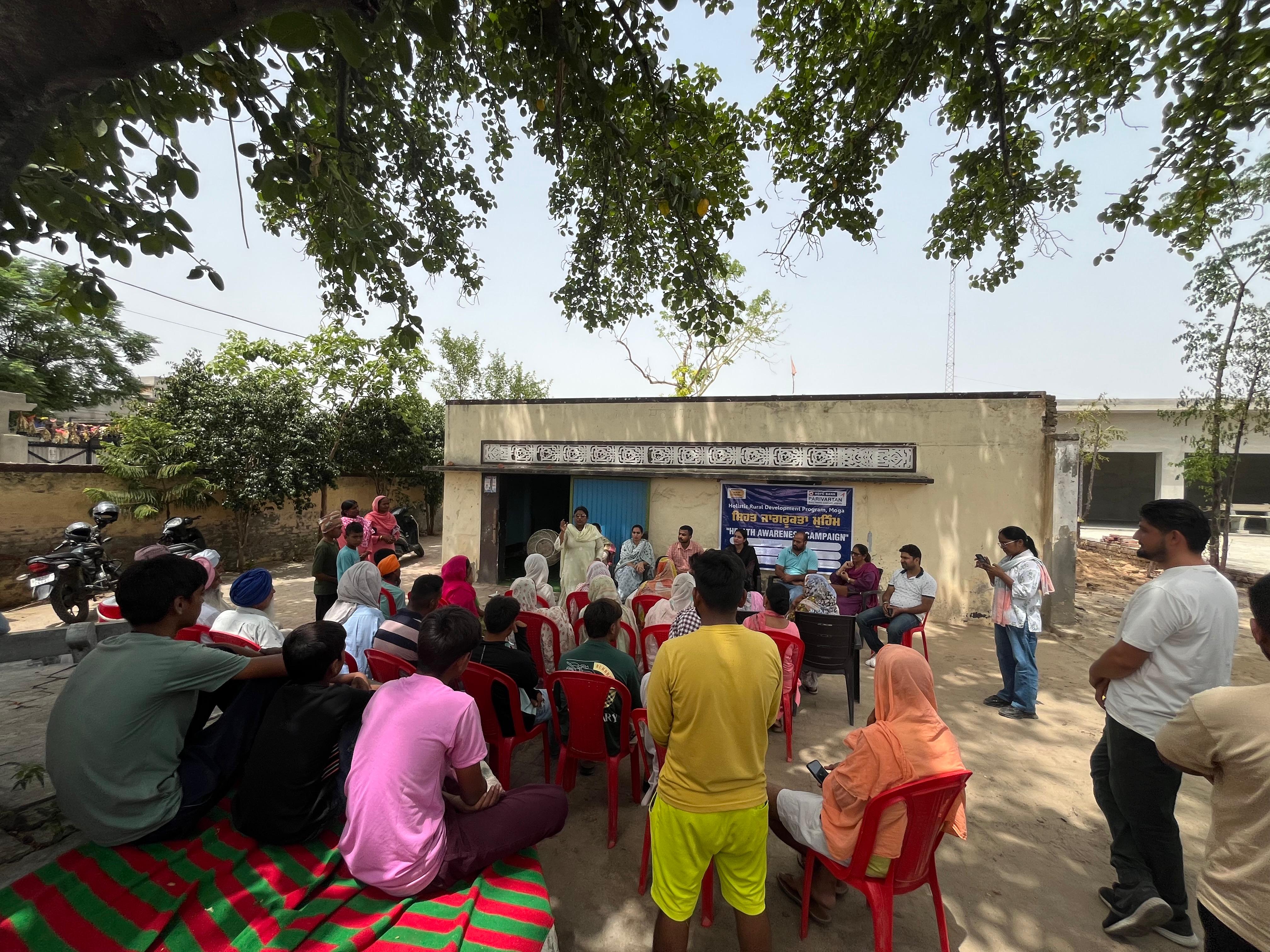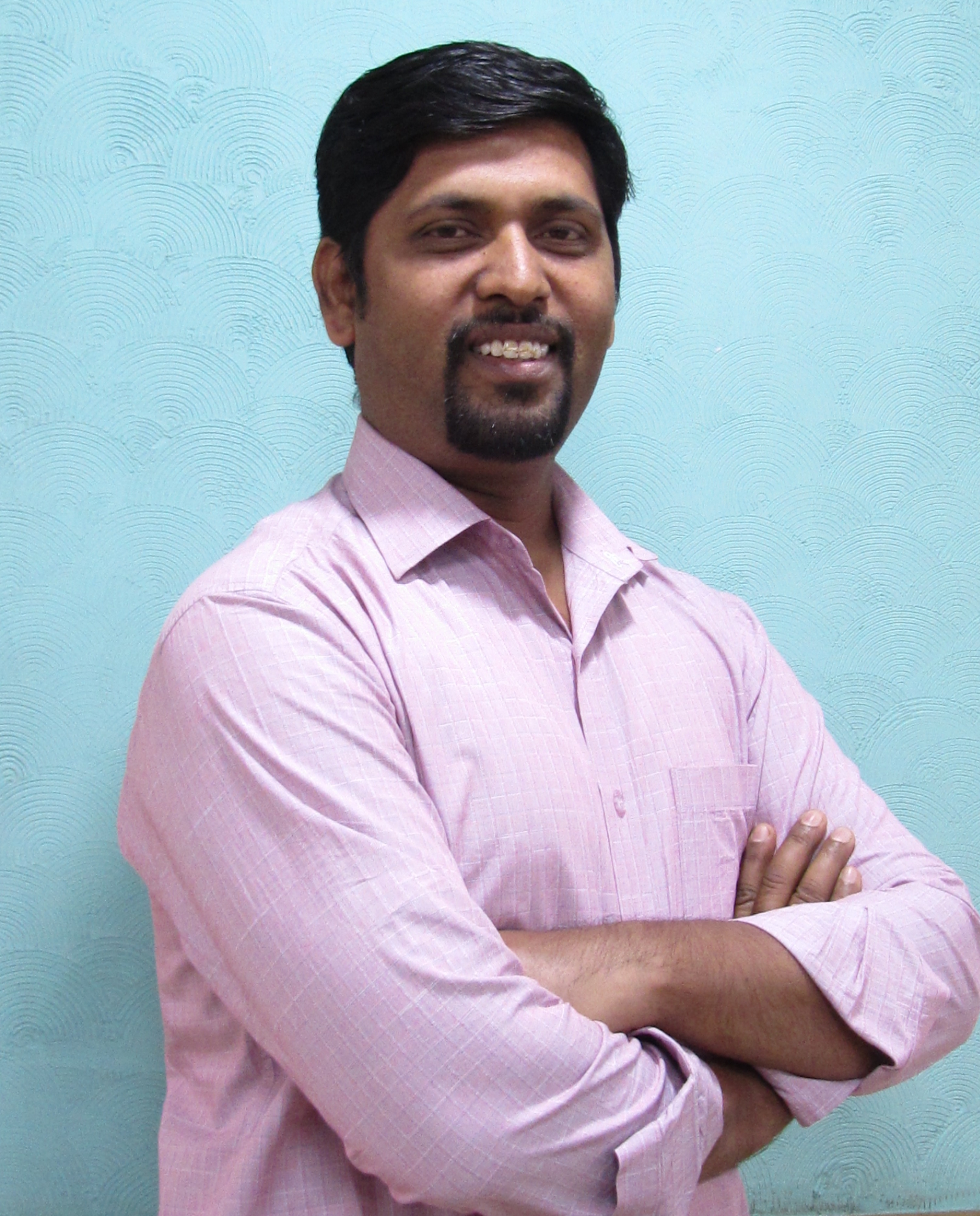Every year, World No Tobacco Day offers a moment of global reflection—a chance to confront the devastating impact of tobacco use and recommit to a healthier future. In 2025, the message is both urgent and pointed: “Unmasking the Appeal.” This year’s theme aims to strip away the shiny, deceptive marketing tactics of the tobacco and nicotine industry—bright packaging, flavoured vapes, slick social media influencers—all designed to lure a new generation into addiction.
But the battleground isn’t just digital. It isn’t limited to urban spaces. The real frontline is where the majority of our population lives—rural India reflects Dr. Vinayak Sonawane, Associate Director - Health, Ambuja Foundation
Tobacco use in rural India is both widespread and deeply entrenched. Whether it’s chewing tobacco, smoking bidis, or newer nicotine products, the normalization of use starts young and is often reinforced by culture, tradition, and lack of awareness. While tobacco-related diseases claim lives across income groups, it is the rural poor who suffer the greatest burden, facing higher exposure, limited access to healthcare, and fewer opportunities for cessation.
In these communities, tobacco use is not just a health issue—it’s an economic one. Illnesses caused by tobacco consumption eat into already meagre household incomes through costly treatments, frequent hospital visits, and lost wages. When a primary earner falls ill or dies prematurely due to tobacco-related diseases, the impact on the family is devastating. And yet, awareness of these consequences remains low, partly because the tobacco industry thrives on the myths and misinformation so prevalent at the grassroots.
That’s why we must look to rural communities, not just as vulnerable populations, but as powerful agents of change, if only we enable them.
Tobacco-Free Schools: The First Line of Defense

One of the most effective places to intervene in the fight against tobacco is the school—but not just through signs or rules. Tobacco-Free Schools become powerful agents of change when School Management Committees (SMCs) actively join hands with educators, students, and communities.
In many rural areas, SMCs play a pivotal role in reinforcing anti-tobacco messages, helping students internalize the idea that tobacco is not a symbol of adulthood, but a serious health hazard. By organizing awareness drives, supporting classroom initiatives, and engaging families in dialogue, SMCs send unified, consistent messages that strengthen students’ ability to resist peer pressure and question harmful social norms.
Beyond school gates, SMCs often take the lead in rallying the community to ensure that nearby shops no longer sell tobacco products—especially near schools. Their collective voice holds sway, turning concern into action and helping to create an environment where health and safety come first.
These collaborations show that when schools and SMCs work together, they not only shape young minds—they reshape entire communities.
The Silent Strength of Rural Health Workers
On another frontline are the village health workers—Sakhis, ASHAs, Anganwadi workers—who serve as the backbone of rural healthcare systems. These women, often from the same communities they serve, are trusted voices in promoting quality health be it maternal and child health, promotion of Communicable & Non Communicable Diseases and Cancer. Their role in raising awareness about the dangers of tobacco amongst all stakeholders particularly among pregnant and lactating mothers—is vital.
Tobacco use during pregnancy can lead to miscarriage, low birth weight, and long-term developmental challenges for the child. Even second-hand exposure during breastfeeding affects infant health. By providing counselling, home visits, and consistent support, health workers play a quiet but powerful role in breaking intergenerational cycles of addiction.
Tobacco consumption is considered to be one of the major risk factor leading to cancers and other non-communicable diseases (NCDs). 63% of all deaths in India are due to NCD’s and inspite of this rate, people do not consider it deadly until its too late. Sakhis are involved in delivering preventive and promotive health services in communities, facilitating in access to primary healthcare and also helping breakdown limiting local beliefs, modern healthcare and taboos.
Local Leadership, Collective Change

What gives rural communities their strength is their tight-knit social fabric. When SHGs, Women’s Federations, panchayats, teachers, and adolescent peer educators come together to denormalize tobacco use, they challenge its cultural acceptance. Community-level campaigns, awareness drives, and role modelling by local influencers help dismantle the tobacco industry’s grip on everyday life.
The shift from passive acceptance to active resistance doesn’t require massive budgets—it requires conviction. Villages that have declared themselves “Tobacco-Free” (as per COTPA guidelines) stand as proof that grassroots action, when coordinated and consistent, can shift behaviours and mindsets.
The Road Ahead
This World No Tobacco Day, the fight isn’t just to reveal the glossy lies behind tobacco marketing—it is to reclaim health, dignity, and opportunity for millions living in India’s villages. Unmasking the industry’s appeal is the first step. But sustaining change will require sustained investment—in education, community mobilisation, frontline health systems, and above all, youth empowerment. Here lies a powerful role for NGOs, CSR bodies, community members and Government.
Because the true future of a tobacco-free India lies not in media debate or campaigns, but in the fields, schools, and homes of rural India. And if empowered with the right knowledge and support, rural communities won’t just be the first victims of tobacco—they’ll be the first victors against it
- Authored by Dr. Vinayak Sonawane, Associate Director - Health, Ambuja Foundation


.png)
.png)
.jpg)



0 Comment